Having flies in your home is never fun, but during the winter it’s downright intolerable. After everything else you have to put up with, you don’t even get a break from pests? Unfortunately, flies are surprisingly common indoor pests during the winter. They might be around even if you can’t see them!
Winter flies may seem inexplicable, but, as always, there’s a pretty straightforward reason they’re in your home. Learning why your flies are around and what they want will help you make sure they can’t get it. Here’s all the info you should know about flies in winter, including how to keep them out.
How do flies survive winter?
There are hundreds of thousands of common fly species, and they deal with winter in all kinds of ways. “Filth” flies like blow flies, fruit flies, and phorid flies tend to live in and around garbage all year. During the winter, they simply nestle into garbage in sheltered areas and hunker down to preserve heat.
Other flies, such as face and cluster flies, lay eggs in warm areas during the fall. The flies laying the eggs dies of natural causes, but their offspring hatch all winter. Once the offspring are inside, they can continue reproducing, laying eggs, and hatching. Larger flies, like cluster flies, may also enter the state of diapause to preserve energy and body heat.
What are the flies inside my home?
The flies most likely to bother you in your home this winter are cluster flies, fruit flies, or house flies. Fruit flies and cluster flies are particularly common in Michigan, even during the winter. These flies are easy to tell apart: fruit flies are tiny, lightly-colored flies with big red eyes. Cluster flies are big, stocky flies with dark coloration.
Unsurprisingly, fruit flies are most common around your kitchen. They seek out warm, moist places where they can access food. Adult fruit flies lay eggs in rotting fruit and plant material. They may live in and around your garbage or drain. Cluster flies are common around windows, attics, and basements. They look for warm, secluded places where they can huddle together and enter diapause. Cluster flies occasionally re-emerge on warm days to regain heat and energy.
How do flies get inside my home?
Cluster flies work their way into homes starting in late summer and fall. They cluster together in large groups on the sides of walls to soak up sun and stay warm. As temperatures cool, the flies look for cracks and gaps they can use to stay out of the wind. Often, these cracks may lead them into your home, either behind the walls or in attics and basements. Common access points include cracks under baseboard, windows or door trim, and around fans, lights, or utilities.
Fruit flies may infiltrate your home by hiding inside grocery bags or other transported food materials. Fruit fly eggs are tiny and very difficult to see. If you accidentally bring a couple eggs indoors, those eggs may hatch and grow into an infestation. Adult fruit flies can also sense rotting or fermenting material and follow it back to your home. They may lay their eggs around your garbage or other areas where they can find rotting food.
What do flies want?
Without warm, secluded shelter, flies can’t survive freezing temperatures. Most common flies can’t hibernate, either, which means they need a shelter where they can access food. If you have flies, it means your home provides both of these things. Cluster flies look for warm, hidden areas where they can remain dormant for long periods. They won’t eat much, reproduce, or cause any real damage. The only time you may see them is during warm days, when they may emerge.
Fruit flies might be more annoying. They will eat, reproduce, and infest food supplies. Fruit flies attach themselves to any fermenting or rotting food–not just fruit. They’ll work their way into the rotting food to lay eggs and feed continuously. Like cluster flies, they need their food sources to be in warm places to survive. Fruit fly eggs will also die if exposed to freezing temperatures, so fruit flies have several incentives to get inside.
How can I get rid of flies?
Cluster flies are difficult to control in winter, because they may already be hiding in your walls. If you try sealing their access points now, you may trap the flies in your walls. That could create a mess and attract other, even less pleasant pests. When spring comes, cluster flies will typically leave your home to warm up outside. Until then, we recommend swatting or vacuuming the flies you encounter and leaving the rest alone.
Getting rid of fruit flies means wiping out their food and shelter sources. Look for any sources of rotting or fermenting food inside your home. Clear and clean out each of your garbage bins. Sanitize the places where you keep your garbage. Seal off possible access points around food, such as window frames in your kitchen or dining room. Fruit flies can squeeze through the smallest of gaps, so be thorough! Make sure you check around utility lines like pipes and electrical, too.
The good news is, flies aren’t really a big deal. None of the common flies that get in your home can hurt you or your stuff. At worst, you should consider them an annoyance. The bad news is, even if they’re “just” an annoyance, they’re still… annoying.
Luckily, you don’t have to deal with your flies. When you decide enough is enough, just give Griffin Pest Solutions a call. We’ll wipe out your flies so you can get back to enjoying (or at least tolerating) your winter in peace.

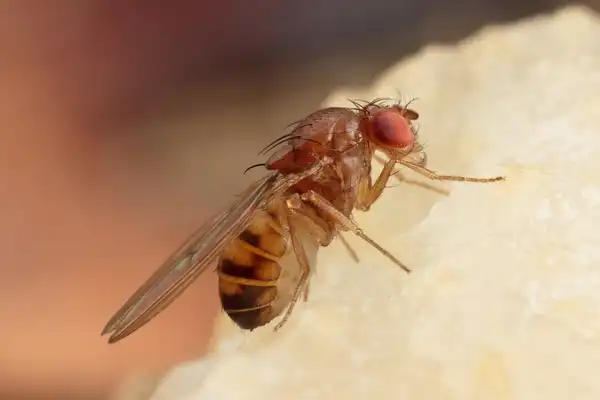

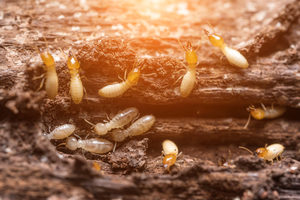
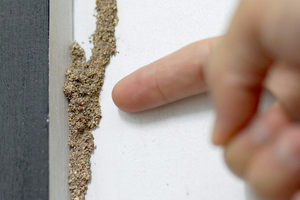
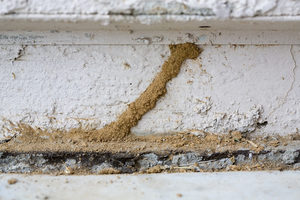
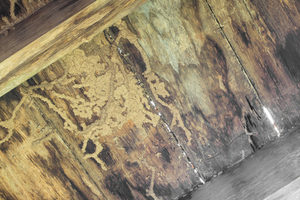
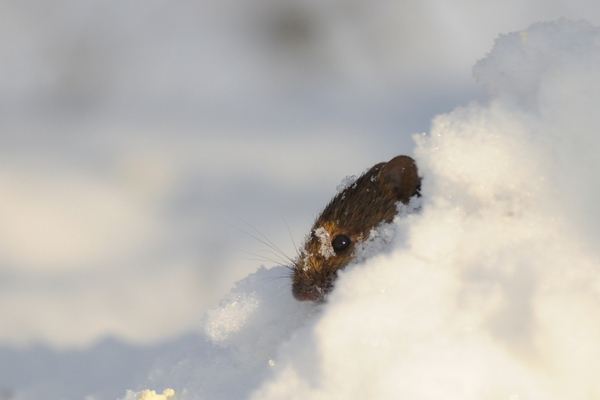
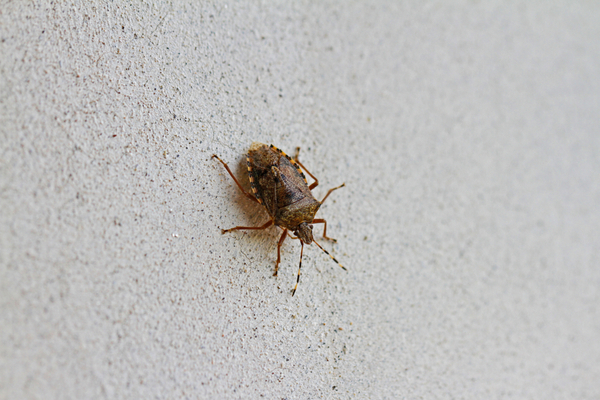
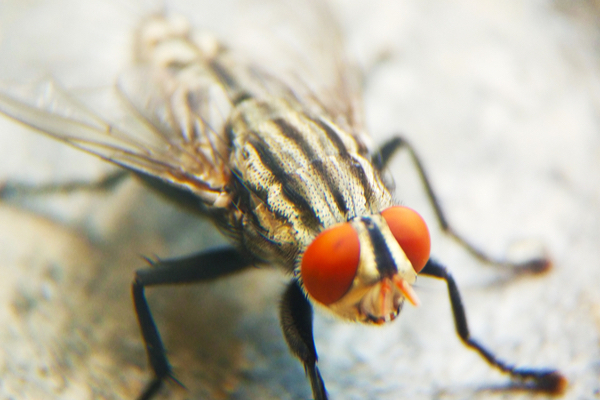
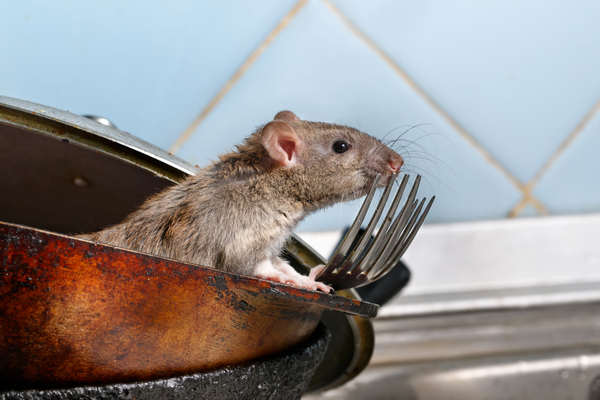
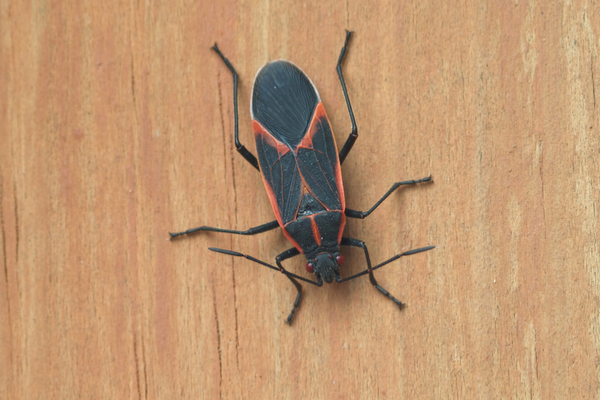
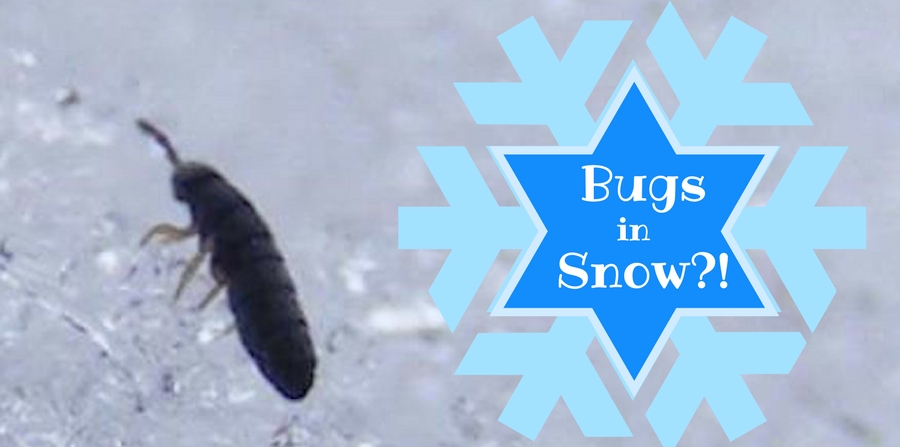
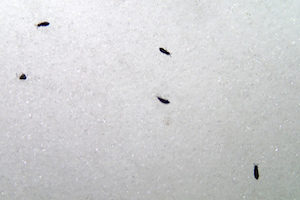 The so-called “snow flea” isn’t actually a flea at all. They’re actually several species of arthropod springtails in
The so-called “snow flea” isn’t actually a flea at all. They’re actually several species of arthropod springtails in 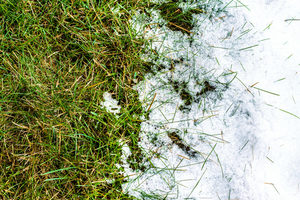 Despite their unusual habits and habitats, snow fleas want what pretty much all pests want. When they come out on warm winter days, they’re looking for food, water, and a chance to mate. Springtails provide an important service to their ecosystems by feeding on microscopic bacteria, algae, and fungi.
Despite their unusual habits and habitats, snow fleas want what pretty much all pests want. When they come out on warm winter days, they’re looking for food, water, and a chance to mate. Springtails provide an important service to their ecosystems by feeding on microscopic bacteria, algae, and fungi. We’re lucky snow fleas are harmless, because there’s not really a good way to control them even if we wanted to. The springtail will never come indoors, so you don’t have to worry about infestations. They’re attracted to moisture and decaying plant life, both of which are difficult to prevent in winter and spring.
We’re lucky snow fleas are harmless, because there’s not really a good way to control them even if we wanted to. The springtail will never come indoors, so you don’t have to worry about infestations. They’re attracted to moisture and decaying plant life, both of which are difficult to prevent in winter and spring.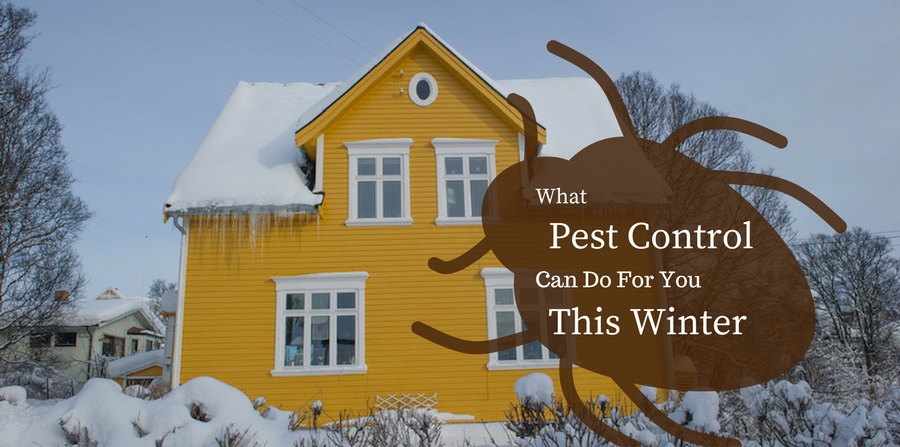
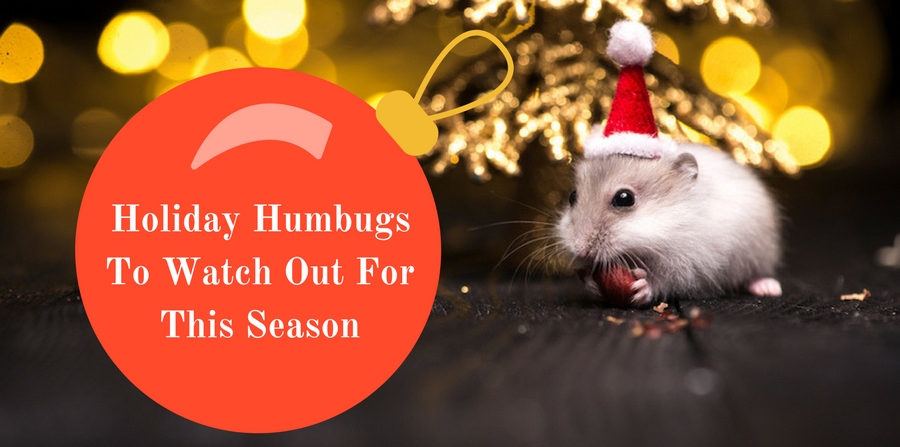
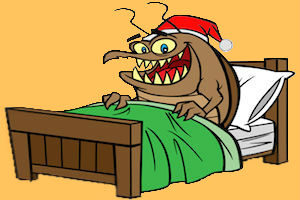 Bed bugs hide in dark, confined places and remain perfectly still for hours on end. These dark, confined spaces aren’t just beds, either. Bed bugs often hide in suitcase, bags, and other common travel gear. If travelers
Bed bugs hide in dark, confined places and remain perfectly still for hours on end. These dark, confined spaces aren’t just beds, either. Bed bugs often hide in suitcase, bags, and other common travel gear. If travelers 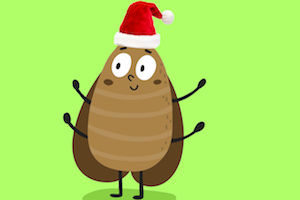 There are two types of common pest moths: pantry-infesting moths and fabric-infesting moths. Unfortunately, both can be a problem during the holiday season. If fabric moths infest cloth decorations, they might be
There are two types of common pest moths: pantry-infesting moths and fabric-infesting moths. Unfortunately, both can be a problem during the holiday season. If fabric moths infest cloth decorations, they might be 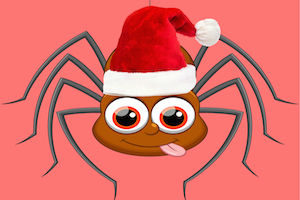 Remember when we covered
Remember when we covered 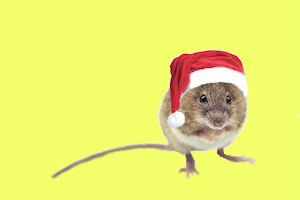 Unfortunately, “not a creature was stirring–not even a mouse” is not always true of the night before Christmas. The
Unfortunately, “not a creature was stirring–not even a mouse” is not always true of the night before Christmas. The